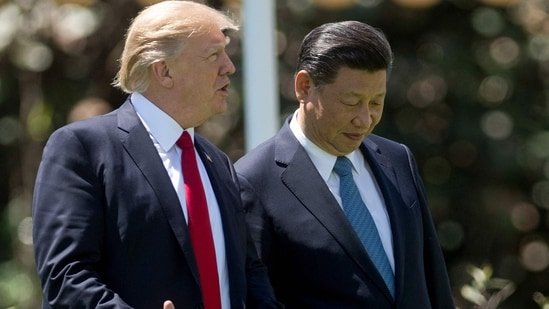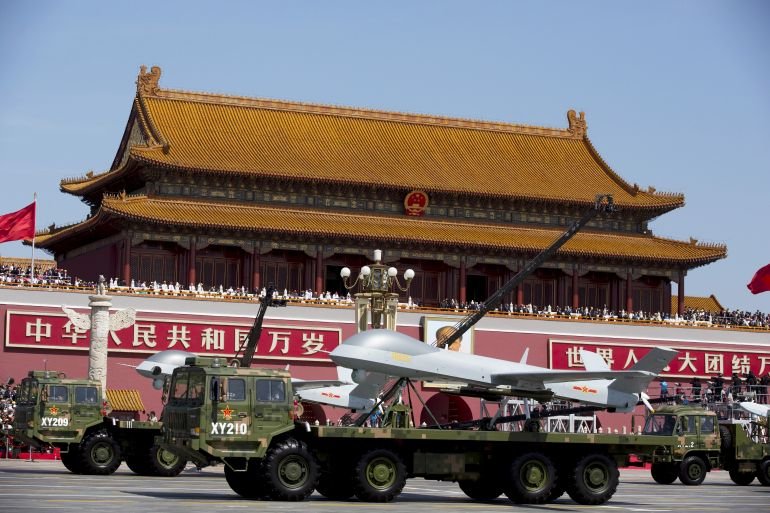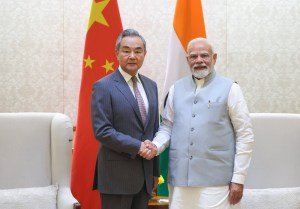
The global semiconductor landscape is undergoing a seismic shift as China accelerates its push for AI self-sufficiency. By 2025, Beijing’s strategic investments in domestic chip design, manufacturing, and infrastructure have begun to reshape the competitive dynamics between U.S. tech giants like Nvidia and AMD and their Chinese counterparts. For investors, this evolution presents a dual-edged sword: opportunities for near-term revenue growth in a vast market, but long-term risks as geopolitical tensions and technological divergence intensify.
China’s AI Semiconductor Strategy: A Multi-Layered Push
China’s quest for self-sufficiency in AI semiconductors is driven by a combination of national security concerns, economic resilience, and the desire to counter U.S. export controls. The government’s “independent and controllable” (自主可控) strategy spans three critical layers of the AI stack:
1. Hardware: Huawei’s Ascend series and Semiconductor Manufacturing International Corporation (SMIC)’s 7nm chips are central to reducing reliance on U.S. GPUs. While these chips lag in performance compared to Nvidia’s A100 or H100, they are increasingly viable for mid-tier AI applications.
2. Software: Domestic frameworks like Huawei’s MindSpore and Baidu’s PaddlePaddle aim to replace global tools like PyTorch and TensorFlow. However, integration challenges and limited adoption persist.
3. Infrastructure: Projects like the National Integrated Computing Network and the “Eastern Data, Western Computing” initiative are expanding China’s AI compute capacity to 300 exaFLOPs by 2025, enabling localized training and deployment of large language models (LLMs).
Despite these strides, China remains dependent on U.S. and Western technologies for advanced lithography equipment and high-bandwidth memory (HBM). This dependency has been a strategic vulnerability, prompting Beijing to invest $47.1 billion in the National Integrated Circuit Industry Investment Fund (the “Big Fund”) to bridge gaps in manufacturing and R&D.
U.S. Firms’ Strategic Responses: Revenue Sharing and Market Access
Nvidia and AMD have adopted a pragmatic approach to navigate the evolving landscape. In a landmark 2025 agreement, both companies agreed to pay 15% of their China AI chip sales to the U.S. government in exchange for export licenses for modified chips like the H20 and MI308. This arrangement, brokered under the Trump administration, allows U.S. firms to retain a foothold in China’s $50 billion AI market while aligning with national security priorities.
For Nvidia, the deal is a lifeline. China historically contributed 13% of its revenue, and the H20 chip—despite its performance limitations—remains critical for enabling AI applications in sectors like cloud computing and smart cities. AMD, while less vocal, has similarly secured access to the MI308 chip, which targets enterprise and data center markets.
However, this strategy is not without risks. Critics argue that the revenue-sharing model could incentivize the U.S. government to prioritize economic gains over security, potentially allowing advanced AI technologies to bolster China’s military or surveillance capabilities. Additionally, Chinese regulators have raised concerns about “backdoors” in U.S. chips, creating reputational and market access risks for these firms.
Implications for Global Chipmakers: Risks and Opportunities
The long-term implications for U.S. semiconductor firms are twofold:
Opportunities:
– Market Access: The 15% revenue-sharing deal ensures continued access to China’s rapidly growing AI market, which is projected to expand at a 30% CAGR through 2030.
– Innovation Leverage: Chinese demand for AI chips is driving architectural innovations, such as memory-efficient models and hybrid cloud-edge solutions, which could benefit global markets.
Risks:
– Geopolitical Escalation: A shift in U.S. administrations could tighten export controls further, potentially cutting off U.S. firms from China’s market entirely.
– Self-Sufficiency Progress: If China achieves 70% self-sufficiency in AI semiconductors by 2025, as outlined in the Made in China 2025 initiative, U.S. firms could lose significant market share.
– Technological Divergence: The rise of RISC-V and open-source alternatives in China could reduce reliance on U.S. architectures, fragmenting global standards.
Investment Advice: Balancing Exposure and Diversification
For investors, the key lies in balancing exposure to U.S. semiconductor firms with hedging against geopolitical and technological risks:
- Nvidia and AMD: These firms remain attractive for their near-term revenue potential in China. However, investors should monitor the sustainability of the revenue-sharing model and the pace of China’s self-sufficiency drive. Diversifying into adjacent markets (e.g., Europe’s sovereign AI initiatives) could mitigate over-reliance on China.
- Long-Term Hedging: Consider allocating to firms developing alternative architectures (e.g., RISC-V) or advanced packaging technologies, which are critical for next-gen AI chips.
- Sector Diversification: Given the volatility of geopolitical dynamics, investors should balance their portfolios with exposure to non-AI semiconductor segments, such as automotive or industrial chips, which are less sensitive to U.S.-China tensions.
Conclusion: A New Era of Fragmented Global Supply Chains
China’s AI semiconductor self-sufficiency drive is reshaping global supply chains, creating a more multipolar landscape where U.S., Chinese, and potentially European firms compete for dominance. While U.S. firms like Nvidia and AMD have secured temporary access to China’s market, the long-term trajectory hinges on their ability to adapt to a world where technological sovereignty and geopolitical rivalry dictate market access. For investors, the path forward requires a nuanced understanding of both the opportunities and risks inherent in this evolving dynamic.
As the dust settles on 2025’s strategic realignments, one thing is clear: the AI semiconductor race is no longer a binary contest between East and West. It is a complex, multi-layered game of innovation, policy, and resilience—one that will define the next decade of global tech leadership.

![[News] NVIDIA May Raise H20 Prices to Shield Profits but Confronts China’s Domestic Chip Push](https://koala-by.com/wp-content/uploads/2025/08/NVIDIA-Jensen-Huang-2-624x430.jpg)




